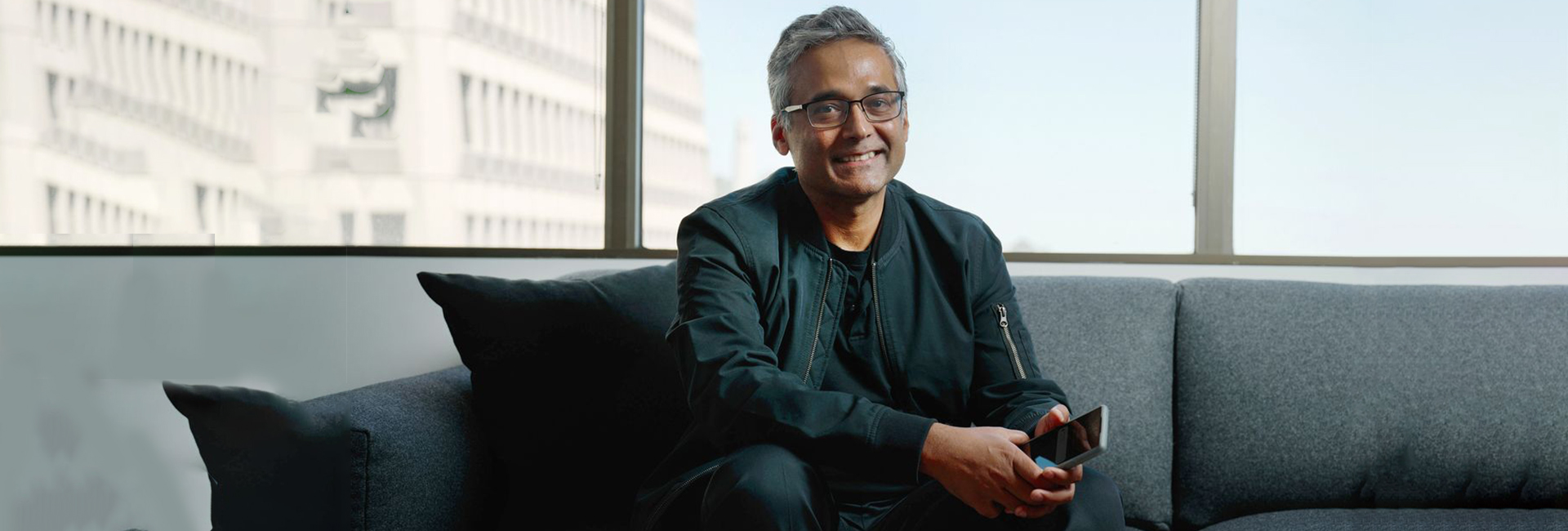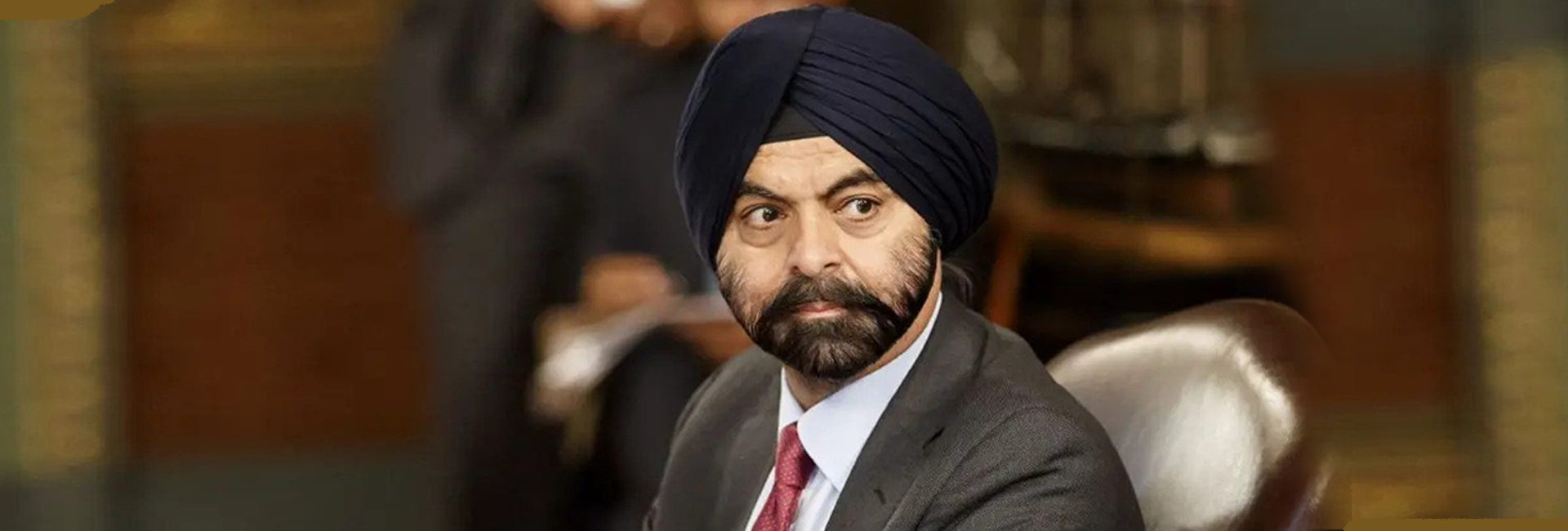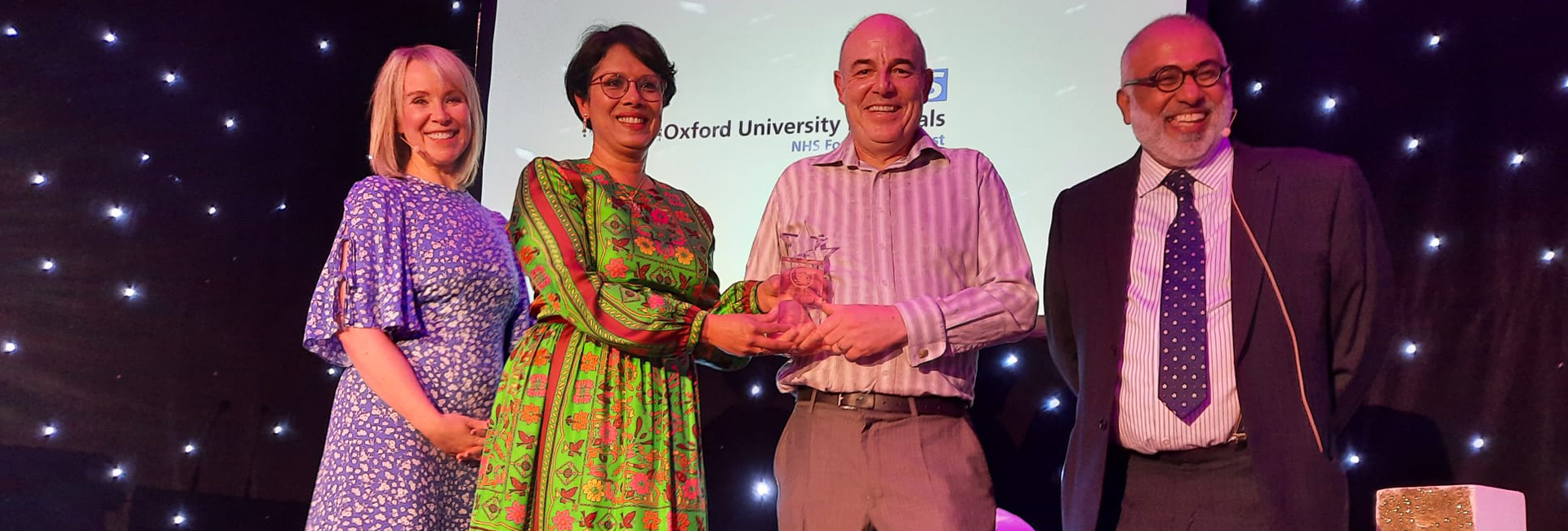(March 24, 2023) As Grammarly approaches its fourteenth birthday, it’s going through an exciting transition with the appointment of its new CEO. The market leader in helping people communicate better and one of the first platforms providing assistive AI to millions of people will now be headed by Indian-American, Rahul Roy-Chowdhury.
“I joined Grammarly two years ago because of a deep belief in our mission to improve lives by improving communication. I’m honoured to serve that mission in a new capacity as Grammarly’s CEO, starting May 1,” Roy-Chowdhury shared on LinkedIn and Twitter.
“Our millions of users remain our north star as we continue solving their real communication challenges. Grammarly has been harnessing innovation in AI responsibly for over a decade, and we’re just getting started!” added Roy-Chowdhury who has been serving as the Global Head of Product in the organisation since 2021.

Rahul Roy-Chowdhury
He thanked his predecessor Brad Hoover for his leadership over the last 12 years. “It can only be described as an epic run!” Roy-Chowdhury mentioned in his message.
From Google to Grammarly
The business executive spent over a decade in Google, starting out in the Bengaluru office as a product manager in 2007. He climbed the hierarchy ladder, becoming the vice president of product management during his 14-year stint. Two years after he joined Google, he moved to California.
Roy-Chowdhury spent his years at Google leading the safety, security and privacy teams coming up with unified solutions across Google’s product portfolio. He also led the product management teams for Chrome OS and the Chrome browser.
The empathetic leader and team builder has been passionate about his craft of product management, applying a human-centred approach to problem solving.
Inclusivity and mentorship
With a mission-driven mindset, Roy-Chowdhury places emphasis on the value of inclusive process in building a high-quality decision-making culture at workplace.
I care about the mission, and I care about the possibility that what I am working on can impact the world. Trying to bring about the world we believe in keeps me going.
Rahul Roy-Chowdhury said in a podcast
Mentoring product leaders and entrepreneurs and sharing the lessons he has learned, has been an important part of Roy-Chowdhury’s career graph.
From Grammarly to GrammarlyGO
Roy-Chowdhury has announced Grammarly’s new AI tool, GrammarlyGO – the next evolution of the digital writing assistant. “GrammarlyGO brings the power of generative AI to Grammarly: it works everywhere you write, uses context to create personalized and relevant content, keeps you safe from harm and brings the comfort of our enterprise-grade security and privacy guarantees. Let’s GO!!” Users would be able to use the new assistive tool from April onwards.
"That means practically wherever you go to write something—composing an email or opening up a Google doc, GrammarlyGO will be there to assist you." @mashable's take on our new generative AI product: GrammarlyGO.https://t.co/Sqd5RUeQSP
— Grammarly (@Grammarly) March 20, 2023
Driving excellence
Brad Hoover, Roy-Chowdhury’s predecessor at Grammarly is all praise for his abilities. “During his two years at Grammarly, Rahul has focused on driving excellence and helped us up-level as a company. He has pushed our thinking and driven the organization forward with clarity, keen judgment, and sound decision-making,” he said, as he announced Roy-Chowdhury’s appointment. “Under Rahul’s leadership, we also took a big step forward with our product, increasing quality and introducing solutions to help beyond the revision stage of communication,” he added.
Successfully enabling billions of people worldwide access the power of the open web, Roy-Chowdhury oversaw the entire functioning of the writing assistance software – managing the product, design, and data science teams.
The course of life
Roy-Chowdhury’s academic accomplishments are as impressive as his professional journey. After doing his BS in mathematics from Hamilton College, he went on to do MS in computer science from Columbia University, and an MBA from Stanford Graduate School of Business.
On the personal front, one of his big goals has been to impart his love for ’80s music to his children, and has made some progress with the British rock band, Queen’s ‘Another One Bites the Dust’.




